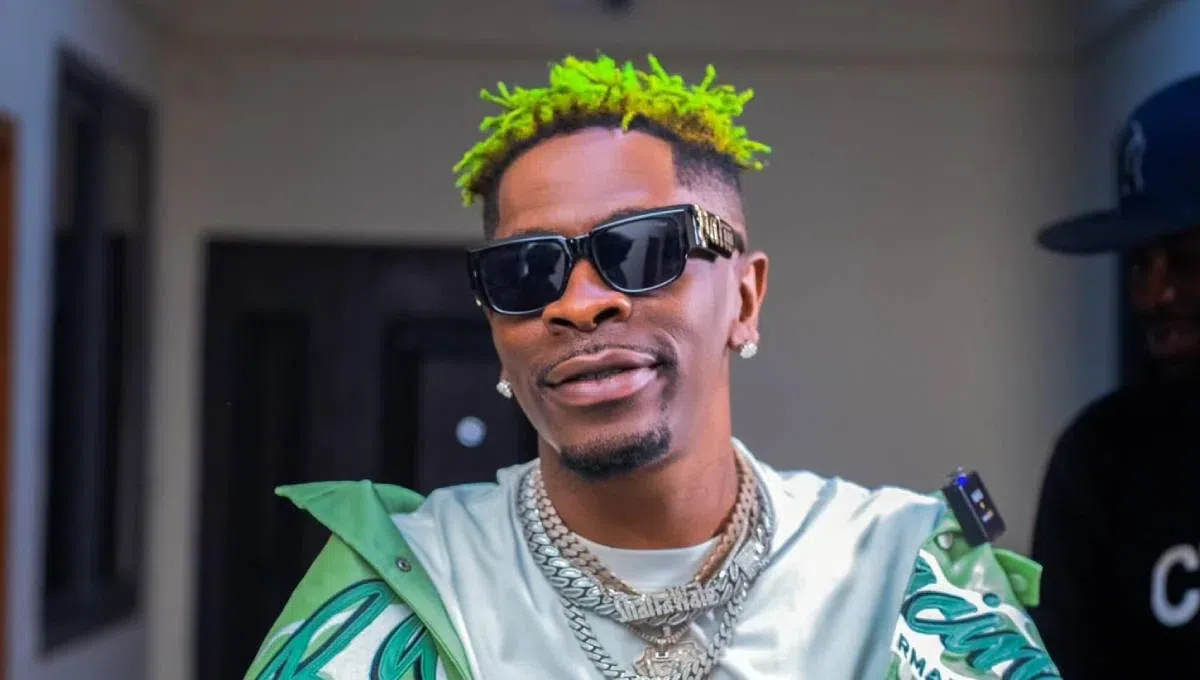

It's been 25 years since a jury's decision to acquit the four cops who left Rodney King bleeding in the streets of Los Angeles sparked a series of protests.
It's been 25 years since a jury's decision to acquit the four cops who violently tasered and beat up 25-year-old Rodney King during an arrest in Los Angeles.
The incident sparked a series of protests known as the LA Riots. Tensions between law enforcement and Angelenos bubbled over, and by the end of the five-day riots, at least 55 people had died.
At a time when similar racial tensions are again at the forefront of the national conversation, we take a look back. On Saturday, people in Los Angeles marched and held vigils to commemorate the outburst of violence that erupted throughout the city in 1992.
Here's what happened during the LA Riots:
In March 1991, four LAPD officers arrested African American motorist Rodney King for speeding, and proceeded to Taser, tackle, and strike him with police batons over 50 times. King suffered a fractured skull and multiple other injuries.
Source: CNN
George Holliday, a plumber standing on the balcony of his Los Angeles apartment, filmed the officers beating up King on a home camera and sent it to the local press.
Source: CNN
Even though the video showed more than a dozen officers standing by during the attack, only the four directly involved in the beating were arrested.
Source: CNN
On April 29, 1992, the four officers charged with the beating were acquitted of all charges in California state court.
Source: The New York Times
After the verdict was announced, several hundred protesters gathered outside the courthouse.
"Today, the jury told the world that what we all saw with our own eyes was not a crime," said then-Los Angeles Mayor Tom Bradley. "My friends, I am here to tell the jury ... what we saw was a crime."
Source: LA Weekly
The protests quickly spread throughout the city, and were peaceful at first.
Source: CNN
But the pent up anger bubbled up into violence.
Source: The LA Times
Some protesters set fire to cars and broke windows in rage.
Source: CNN
The LAPD's response to the protests also quickly escalated into violence.
Source: The LA Times
By nightfall on April 29, a citywide state of emergency had been declared.
Looters tried to capitalize on the violence by breaking into stores and stealing goods.
Source: CNN
The protests would go on for the next five days. By the second day, the National Guard had been called in and most of the city was placed under a curfew.
Source: The LA Times
The conflict also exacerbated race relations between Los Angeles' African American and Korean communities.
Source: The New York Times
Many in Koreatown picked up weapons to stop the protesters from coming near their stores.
Rodney King soon appeared on TV to plead for an end to the riots and violence.
Source: The LA Times
By May 3, soldiers guarded the city, and the curfew was lifted.
Los Angeles residents slowly started to go back to daily lives.
Source: The LA Times
In total, at least 55 people lost their lives in the looting, crossfire, or police shots.
Source: The LA Times
Hundreds of others — including Elvira Evers, whose daughter was born with part of a bullet in elbow — were seriously injured.
Source: New York Daily News
In 1993, a "sympathetic" federal judge sentenced Sgt. Stacey C. Koon and Officer Laurence M. Powell, two of the principal officers who attacked King, to two and a half years in prison.
Source: New York Times
On April 29, 2017, Los Angeles residents gathered to commemorate the 25th anniversary of the protests.
Source: LA Times
Even today, the protests are seen as a defining moment in the national conversation on police brutality and race relations in the US.
It's been 25 years since a jury's decision to acquit the four cops who left Rodney King bleeding in the streets of Los Angeles sparked a series of protests. Read Full Story







![‘I’m a Supplier’- Interdicted police officer admits selling opioids to youth [Video]](https://sportal365images.com/process/smp-images-production/pulse.com.gh/05052025/fc3b0efb-cfe0-47e6-9110-1dafcd7a834d.png)






Facebook
Twitter
Pinterest
Instagram
Google+
YouTube
LinkedIn
RSS